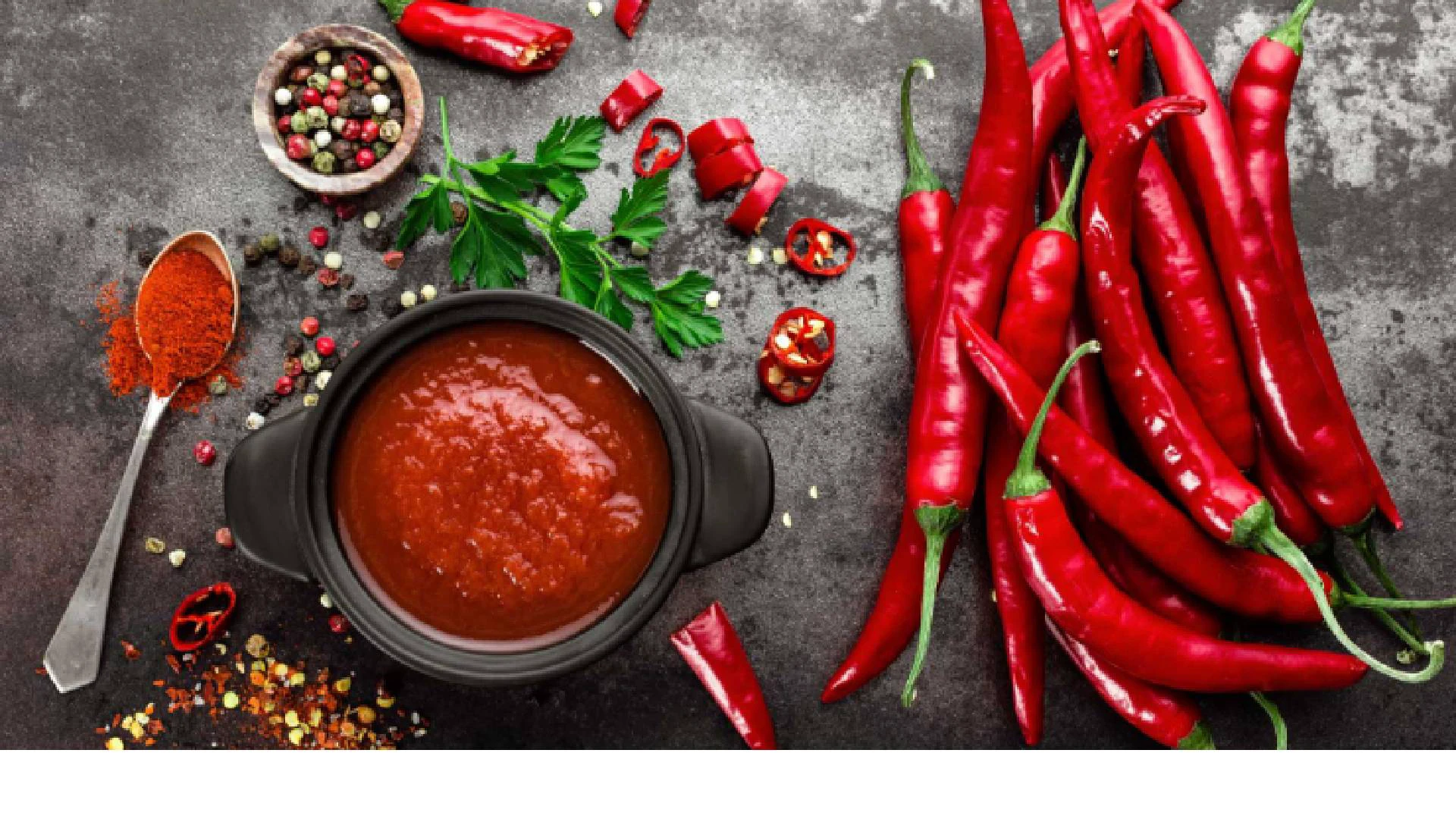Have you ever wondered why we voluntarily submit ourselves to the intense, mouth-scorching pain of a chilli pepper? It turns out, our obsession with spicy food isn’t about taste at all; it’s a neurological trick!
Science confirms that eating a fiery chilli triggers a complex survival mechanism in the brain, creating a unique biological “high” that humans actively seek out.
The chemical culprit behind this sensory deception is capsaicin, the active component found in chilli peppers. When capsaicin enters the mouth, it doesn’t activate taste buds; instead, it triggers the TRPV1 receptors, the same pain receptors that signal when you touch something dangerously hot (like a stove). Essentially, your body believes it is being burned.
In response to this perceived “danger,” your brain immediately engages its emergency cooling and pain management systems:
This combination of pain, adrenaline, and subsequent pleasure (endorphins) is known as “benign masochism.” We know logically that the chilli isn’t doing permanent damage, but the body reacts as if it is, giving us a controlled thrill.
Psychologically, enjoying spicy food is also linked to a thrill-seeking personality. Studies suggest that people who enjoy high-intensity experiences (such as roller coasters or skydiving) are more likely to seek out intense, painful flavours. Furthermore, there’s a strong element of learned behaviour; as we become accustomed to the pain, the endorphin payoff becomes more pronounced, turning the painful burning sensation into a satisfying challenge. So, the next time your eyes water over a vindaloo, remember you’re not just eating, you’re chasing a biochemical rush.
